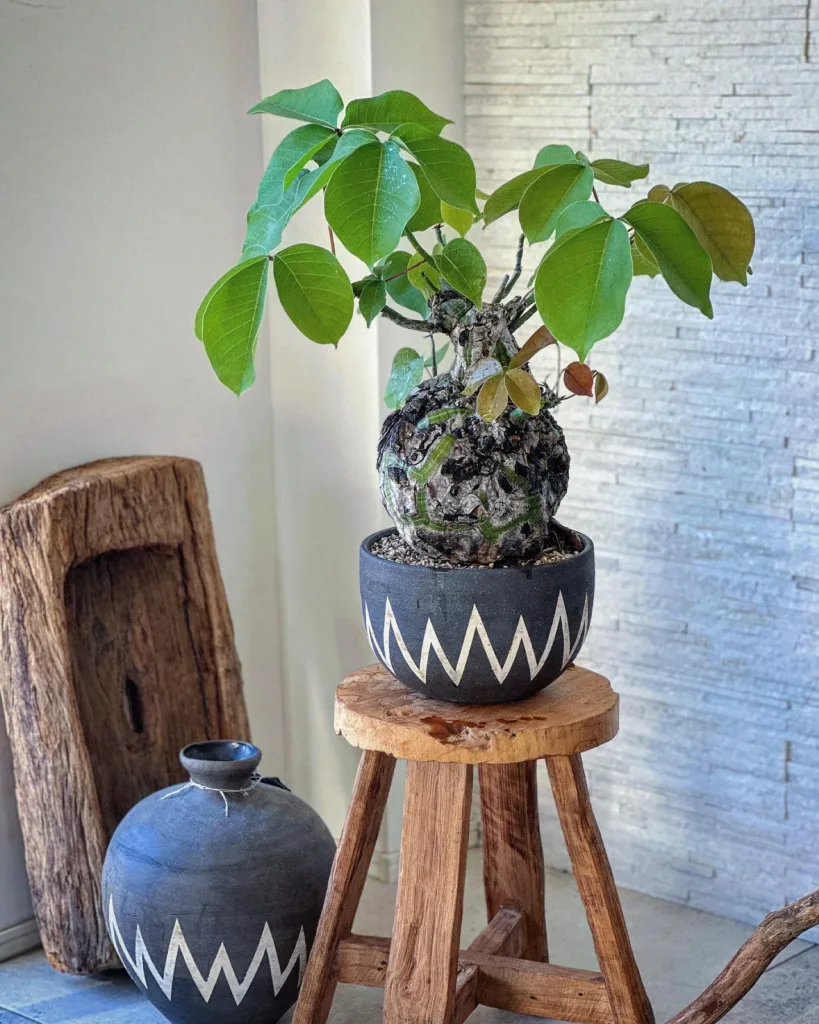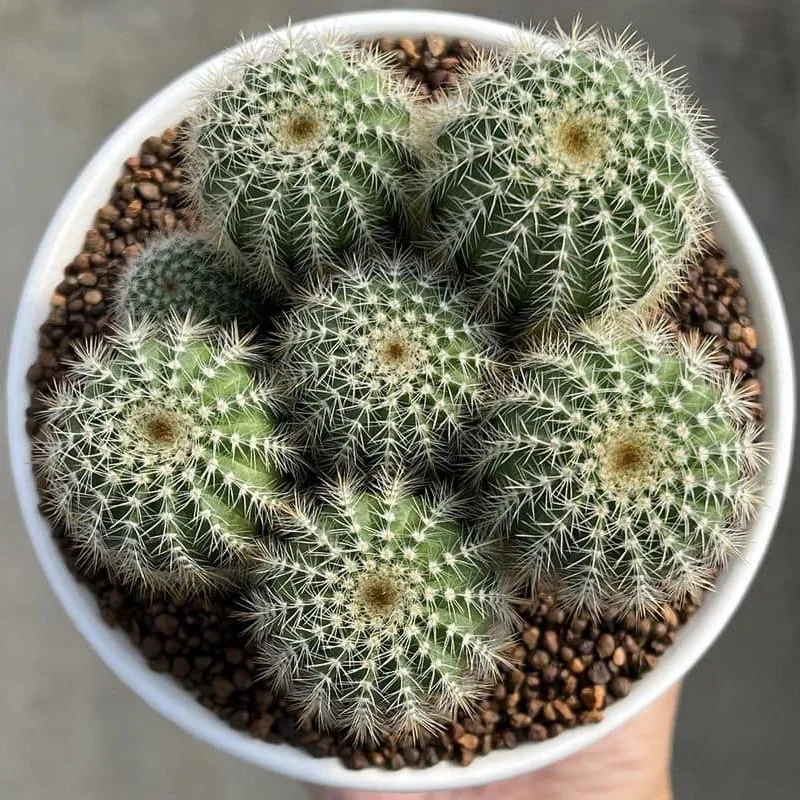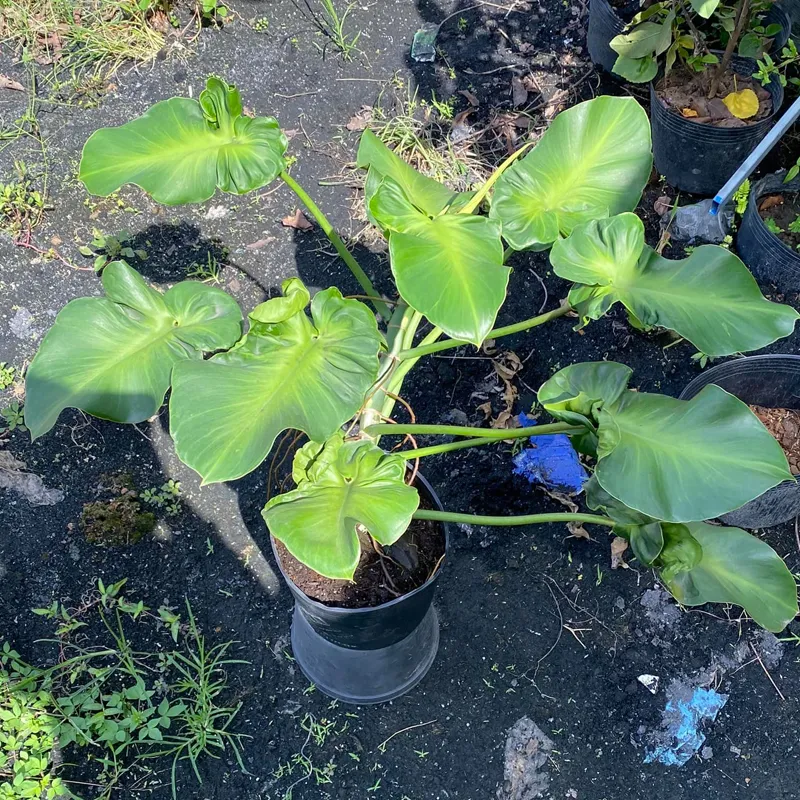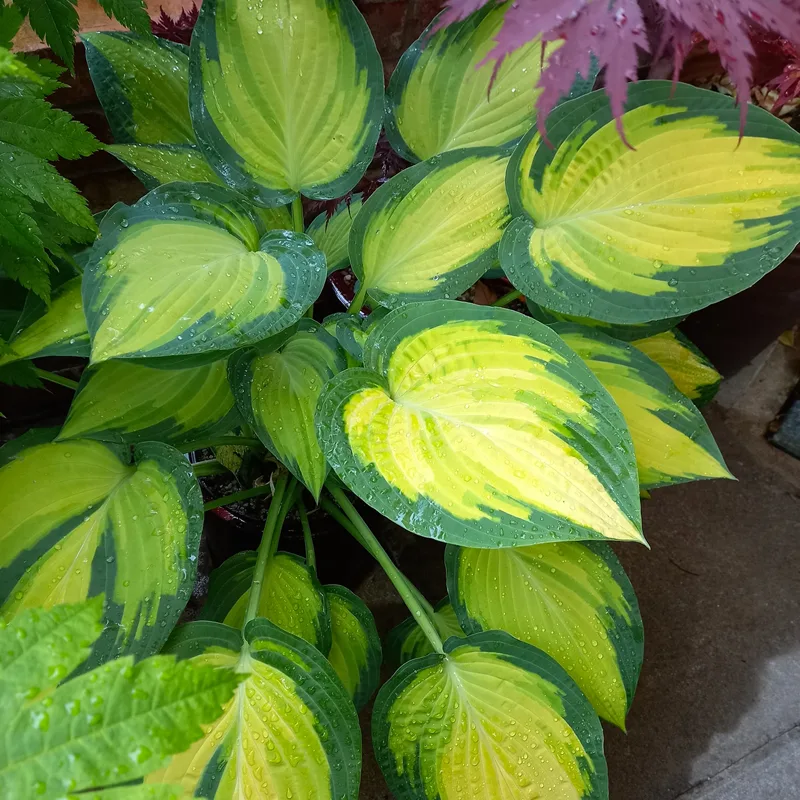Frequently Asked Questions About Achimenes
As a plant enthusiast, I’ve dabbled in growing various species, and Achimenes has always intrigued me with its vibrant blooms and versatility. Here’s a detailed guide on frequently asked questions about Achimenes based on my experience and research.
What Is Achimenes?
Achimenes, often called the “Hot Water Plant,” is a charming, tuberous perennial from Central and South America. Known for its vibrant, trumpet-shaped flowers that come in shades of pink, purple, blue, and white, Achimenes is a popular choice for both indoor and outdoor gardening. The plant’s unique growth habit and colorful blooms make it a standout in any garden.
How to Grow Achimenes?
Growing Achimenes can be a delightful experience if you provide the right conditions. Here’s a step-by-step guide:
- Location and Light: Achimenes thrives in bright, indirect light. While it enjoys sunlight, direct exposure can scorch its delicate leaves. If you’re growing Achimenes indoors, place it near a window with filtered light.
- Soil: Use well-draining potting soil. A mix designed for African violets or a blend of peat, perlite, and sand works well. Avoid heavy, clayey soils that retain too much moisture.
- Watering: Achimenes prefers consistently moist soil but not waterlogged. Water the plant regularly, allowing the top inch of soil to dry out between waterings. Reduce watering in the winter months when the plant’s growth slows.
- Temperature: Achimenes enjoys warm temperatures ranging from 65°F to 75°F (18°C to 24°C). Keep the plant away from cold drafts or sudden temperature changes.
- Fertilizing: Feed Achimenes with a balanced, water-soluble fertilizer every 2-3 weeks during the growing season (spring and summer). Reduce feeding during the dormant period.
How to Propagate Achimenes?
Propagation of Achimenes is straightforward and can be done using several methods:
- Division: During the plant’s dormancy, you can divide the tubers. Carefully separate the tubers from the root ball and replant them in fresh soil.
- Seed: Achimenes can also be grown from seeds, though this method is less common. Sow seeds in a seed-starting mix, keep them warm, and maintain moisture until germination.
- Cuttings: You can propagate Achimenes from stem cuttings. Take a cutting from a healthy plant, remove the lower leaves, and place it in a pot with moist soil. Roots should develop in a few weeks.
Where Can I Buy Achimenes?
Finding Achimenes is relatively easy, thanks to its popularity. Here are some options:
- Local Nurseries: Check with your local garden centers or nurseries. Many have a selection of Achimenes, especially during the growing season.
- Online Retailers: Websites like Amazon, eBay, and specialized online plant stores often offer a range of Achimenes varieties. Look for reputable sellers with good reviews.
- Plant Shows and Sales: Local plant shows and sales can be excellent places to find unique Achimenes varieties.
How to Care for Achimenes?
Caring for Achimenes involves regular maintenance to keep it healthy and vibrant:
- Pruning: Remove dead or damaged leaves to encourage new growth and maintain the plant’s appearance.
- Pests and Diseases: Achimenes is generally pest-resistant, but watch for aphids, spider mites, and fungal issues. Treat any problems promptly with appropriate insecticides or fungicides.
- Dormancy: Achimenes goes dormant in the winter. Reduce watering and stop fertilizing during this period. Store the tubers in a cool, dry place until spring.
Can You Grow Achimenes Indoors?
Yes, Achimenes can be grown indoors successfully. It thrives in bright, indirect light, making it an excellent choice for sunny windowsills. Ensure proper humidity and avoid drafts to keep the plant happy indoors.
Is Achimenes Toxic?
Achimenes is not known to be toxic to humans or pets. However, it’s always a good practice to keep plants out of reach of curious pets and children to prevent any potential issues.
What to Plant With Achimenes?
Achimenes pairs well with other shade-loving plants like Begonias, Coleus, and Ferns. Its vibrant flowers can add a splash of color to mixed containers or garden beds.
Common Problems with Achimenes
- Yellowing Leaves: Often a sign of overwatering or poor drainage. Ensure the soil dries out slightly between waterings.
- Leggy Growth: Can occur if the plant isn’t getting enough light. Move it to a brighter spot or supplement with grow lights.
- Poor Blooming: Insufficient nutrients or lack of sunlight can lead to fewer blooms. Regular feeding and proper light exposure usually resolve this.
Comparing Achimenes with Similar Plants
Achimenes is sometimes confused with Gloxinia, as both have similar flowering habits. However, Achimenes generally has a more trailing growth habit compared to the more compact Gloxinia. Additionally, Achimenes is usually easier to grow and care for than Gloxinia, which can be more temperamental.
In conclusion, Achimenes is a versatile and rewarding plant that can brighten up any space with its colorful blooms. With proper care and the right growing conditions, you can enjoy its beauty year-round.



